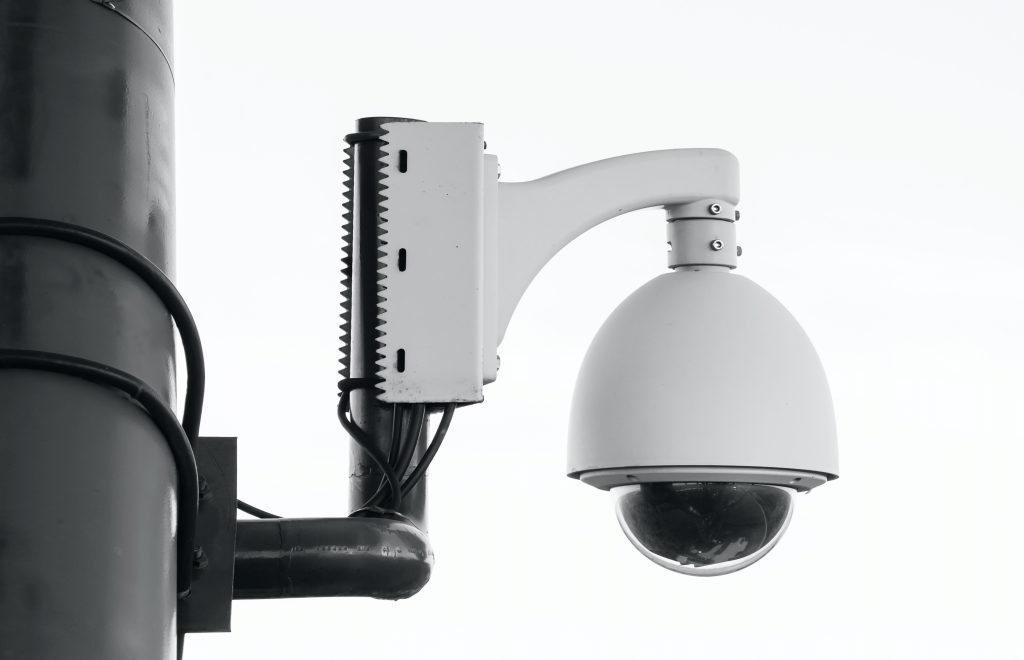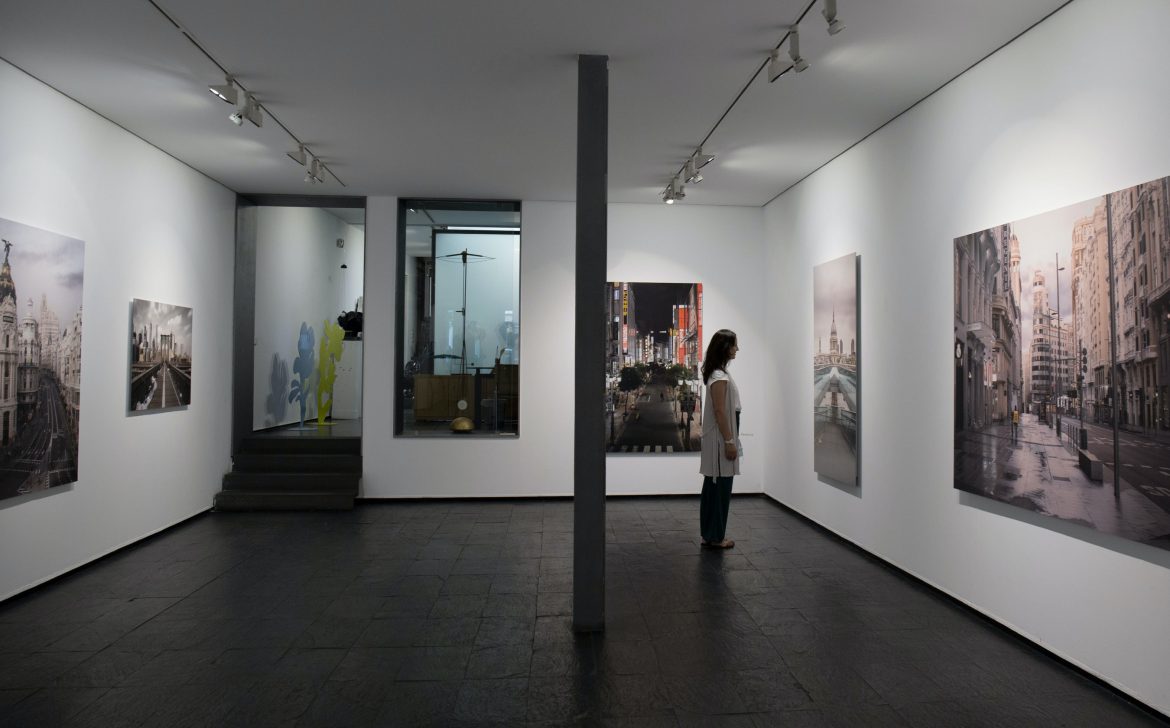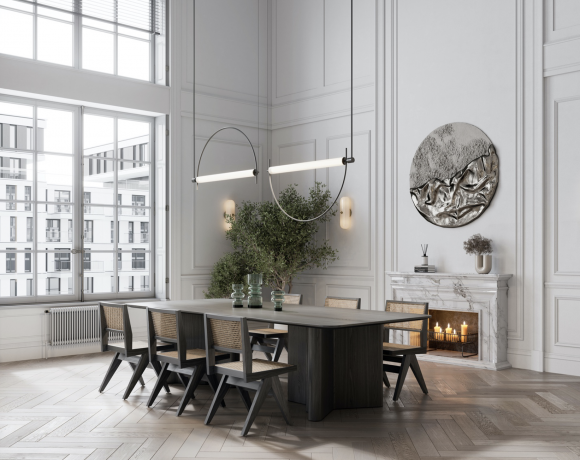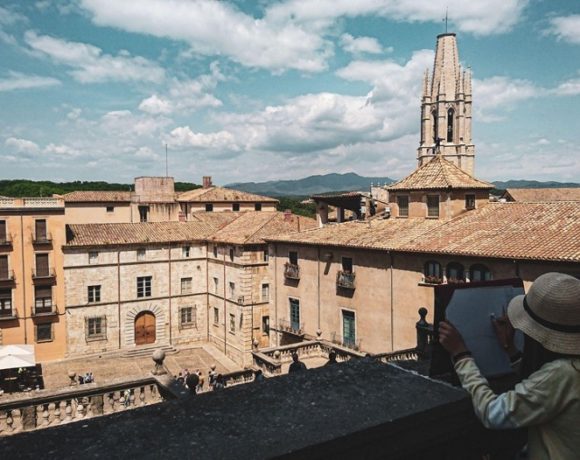Relocating an art gallery is akin to navigating the intricate nuances of a delicate ecosystem. From safeguarding priceless artworks to maintaining the ambiance that reflects the trends guiding the art market, each aspect demands precision and meticulous attention. So, let’s dive into the intricacies of what art dealers should know when moving to a new space.
No. 1 Planning is Key
One of the first things art dealers should know when moving to a new space is that planning is crucial. Before even packing the first piece, you must clearly understand your new space’s dimensions and layout. Drafting a detailed floor plan, factoring in where each piece of art will reside, is invaluable. For instance, larger installations might demand strategic placements, while smaller pieces can be more flexibly accommodated. Factoring in visitor movement is equally essential. Are there pieces that you want every visitor to notice immediately? Or specific routes you want them to take? All this takes forethought.

Image by Jess Bailey Designs for Pexels
No. 2 Insurance, Insurance, Insurance!
When relocating an art gallery, standard property insurance doesn’t cut it. The unique nature of artworks requires a specialized policy, notably fine art moving insurance. This kind of coverage, often encompassing transit insurance, guarantees protection against potential damages or losses during the move. Moreover, once the art pieces settle into their new home, having comprehensive art insurance is non-negotiable. Consider, for instance, the immense historical and monetary value of a 16th-century Renaissance artwork. Your insurance policy must be tailored to address every possible risk scenario associated with such priceless pieces.
No. 3 The Right Movers
Let’s draw a parallel. Imagine you have a cherished family heirloom, perhaps a century-old necklace passed down through generations. Would you hand it over to a stranger without a second thought? Similarly, when it comes to moving artworks, you wouldn’t trust them with just any moving company. While general movers are adept at relocating everyday items like couches or refrigerators, art pieces are a different ballgame altogether. They are not just ‘items’ but embodiments of culture, history, and emotion.
Different artworks have varied requirements. A fragile sculpture, for example, can be vastly different from a delicate canvas in terms of its moving needs. That is where art-specific movers come into play. These professionals undergo specialized training that equips them to handle a diverse range of art forms. They understand the intricacies of packing, transporting, and setting up artwork to ensure their safety.
Furthermore, one significant advantage of hiring such experts is the custom crating solutions they offer. Instead of generic boxes, they provide bespoke crates tailored to each artwork’s dimensions and vulnerabilities. Whether you’re moving a colossal sculpture or a petite porcelain piece, these custom crates are designed to hold the artwork snugly, preventing any movement that might cause damage.
No. 4 Climate Considerations
Art, unlike inanimate objects, is sensitive to its surroundings. Just as a plant might wilt in extreme heat, artworks too can suffer in adverse environments. Temperature swings and changes in humidity levels are more than just minor inconveniences for art; they can lead to irreversible damage. Paintings may fade, canvas might stretch or shrink, and sculptures could distort. Thus, when relocating art, the primary concern isn’t merely moving from Point A to Point B. It’s about ensuring that the entire journey and the destination provide a stable environment for the artwork.
Given these concerns, you should consider investing in climate-controlled vans that maintain consistent temperature and humidity. For instance, an oil painting, with its layers of paint and varnish, can become damaged in a humid environment, leading to issues like mold or the paint lifting off the canvas. Similarly, a wooden sculpture exposed to rapidly changing temperatures might crack or warp. By acknowledging the delicate nature of art and its interaction with the environment, one can take informed steps to protect and preserve it during relocation.
No. 5 Upgraded Security Systems
Beyond the art’s intrinsic value, galleries often become targets for theft. In your new space, re-evaluate your security measures. Are there blind spots that need surveillance? Could a more advanced alarm system be integrated? You should think about digital security, like surveillance cameras, and physical barriers, like reinforced entry points or security personnel.

Image by Pawel Czerwinski for Unsplash
No. 6 Storage Solutions
While a gallery displays art, not every piece might always be on show. The new space should have provisions for safe storage. Think beyond mere square footage. Is the storage climate-controlled? How easy is it to access frequently rotated pieces? And remember, as collections grow, so should storage capabilities.
No. 7 Lighting Matters
Lighting isn’t just about visibility. It shapes perceptions, moods, and engagement. For example, a Baroque painting, with its intricate details and deep shadows, demands different lighting than a minimalist modern sculpture. Therefore, your new gallery will require diverse lighting solutions, from spotlights to ambient lights. Consulting a lighting expert can make a world of difference, ensuring each piece is viewed in its intended glory.

Image by Julian irigoyen for Unsplash
No. 8 Engaging the Local Art Community
A relocation isn’t just physical; it’s also about re-establishing connections. So, dive into the local art scene. Engage with local artists, critics, and enthusiasts. For instance, an inaugural event or open house can be a golden opportunity to introduce yourself, display your collection, and establish connections.
No. 9 Digital Updates
In our digital age, a gallery’s online presence is not just a modern convenience but a cornerstone for the future of the art world. Therefore, you must update your gallery’s address across all digital platforms, from your official website to social media pages. Moreover, consider introducing your new space with virtual tours to make a mark and engage with contemporary audiences. This immersive experience provides potential visitors with a captivating glimpse of what awaits them in your gallery.
No. 10 Feedback Loop
Every change offers a learning curve. After your move, actively seek feedback. How do regular visitors feel about the new setup? Is there something they miss from the old space? Such feedback can be a goldmine for improvements.
What Art Dealers Should Know When Moving to a New Space: The Bigger Picture
Moving a gallery isn’t merely about physical relocation. It’s about ensuring art remains preserved, showcased beautifully, and accessible. It’s a dance between logistics and aesthetics, practicality and passion. Therefore, as you embrace this exciting new chapter, remember everything art dealers should know when moving to a new space. Here’s to new beginnings, flourishing in your new environment, and continuing the ever-evolving journey of showcasing magnificent art.
________________________
Author bio:
Catherine C. White works as a content writer for Family Affair Moving Orange County. With a deep-rooted passion for art, Catherine expertly melds her professional knowledge with her love for the artistic realm, offering readers invaluable insights and perspectives.









NO COMMENT